Tix Mascot
Tech guru
Italy is my second homeland
Posts: 11,076  Mini-Profile Background: {"image":"http://4.bp.blogspot.com/-X5mhw13BJ7Y/TwKeZ3uM7YI/AAAAAAAABPw/D82go4Ny_8E/s1600/italy-background-8-787281.jpg","color":""}
Mini-Profile Text Color: 0ef8f1
Mini-Profile Name Color: f40d39
Year of Birth: 1961
Nationality: Norwegian
Mini-Profile Background: {"image":"http://4.bp.blogspot.com/-X5mhw13BJ7Y/TwKeZ3uM7YI/AAAAAAAABPw/D82go4Ny_8E/s1600/italy-background-8-787281.jpg","color":""}
Mini-Profile Text Color: 0ef8f1
Mini-Profile Name Color: f40d39
Year of Birth: 1961
Nationality: Norwegian
|
Post by Tix Mascot on Jul 5, 2021 16:36:31 GMT
Another candidate for a prehistoric pet.  |
|
|
|
Post by Joey12 on Jul 6, 2021 8:27:44 GMT
|
|
|
|
Post by Talira Greycrest on Jul 6, 2021 13:05:56 GMT
Name: WeewarrasaurusPronunciation: We-wah-rah-sor-us.Meaning of name: "Wee Warra lizard", after the place where its fossils were discovered.Species: W. pobeniSize: Unknown due to a lack of fossils.Family: Uncertain. Likely Ornithopod.Diet: HerbivoreFirst fossils found: Known only from two partial lower jaws discovered in the Griman Creek Formation of northern New South Wales, Australia, in 2013. Named by Australian palaeontologists, Phil R. Bell, Matthew C. Herne, Tom Brougham and Elizabeth T. Smith in 2018.Lived: 100 million years ago during the Cenomanian stage of the Late Cretaceous in what is now eastern Australia. Artist's impression of Weewarrasaurus Artist's impression of Weewarrasaurus
|
|
Tix Mascot
Tech guru
Italy is my second homeland
Posts: 11,076  Mini-Profile Background: {"image":"http://4.bp.blogspot.com/-X5mhw13BJ7Y/TwKeZ3uM7YI/AAAAAAAABPw/D82go4Ny_8E/s1600/italy-background-8-787281.jpg","color":""}
Mini-Profile Text Color: 0ef8f1
Mini-Profile Name Color: f40d39
Year of Birth: 1961
Nationality: Norwegian
Mini-Profile Background: {"image":"http://4.bp.blogspot.com/-X5mhw13BJ7Y/TwKeZ3uM7YI/AAAAAAAABPw/D82go4Ny_8E/s1600/italy-background-8-787281.jpg","color":""}
Mini-Profile Text Color: 0ef8f1
Mini-Profile Name Color: f40d39
Year of Birth: 1961
Nationality: Norwegian
|
Post by Tix Mascot on Jul 6, 2021 17:58:18 GMT
My left knee is steel now, so it will break some teeth if it tries. LOL Artist's impression of Weewarrasaurus Image is missing, Talira Greycrest. |
|
|
|
Post by Talira Greycrest on Jul 7, 2021 1:17:49 GMT
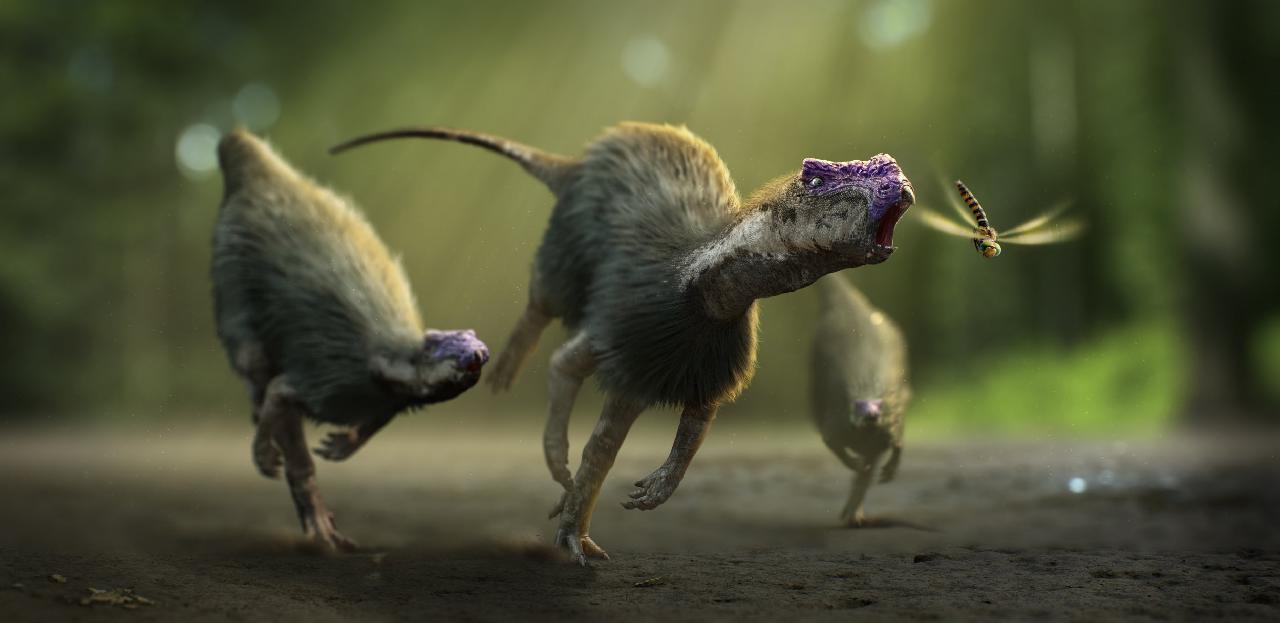 Can you see this pic? |
|
|
|
Post by Joey12 on Jul 7, 2021 7:04:21 GMT
Can see it now. Crazy looking.
|
|
|
|
Post by Talira Greycrest on Jul 7, 2021 7:48:19 GMT
Just added one of these to my dino collection: Name: TawaPronunciation: Tah-wahMeaning of name: Named after the Hopi word for the Puebloan sun god.Species: T. hallaeSize: Estimated to have measured up to 4 metres long, 1 metre tall and weighing 30kgs.Family: Uncertain. Possible Herrerrasaurid.Diet: Carnivore.First fossils found: Known from at least eight partial skeletons, the first of which were discovered in the Hayden Quarry of Ghost Ranch, New Mexico, in 2004. Named by American palaeontologist, Sterling J. Nesbitt, in 2009.Lived: 215 to 213 million years ago during the Norian stage of the Late Triassic in what is now the southwestern United States.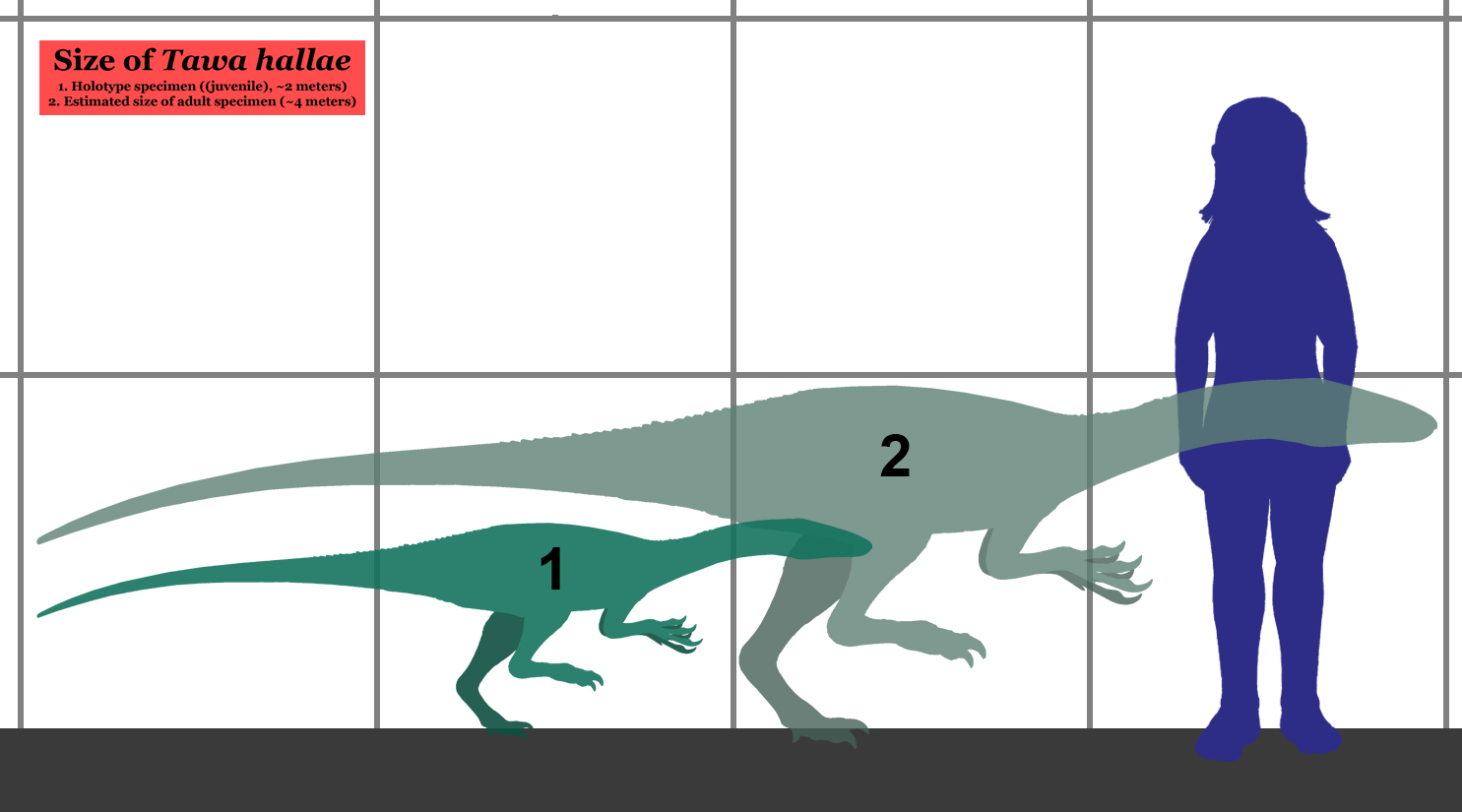 |
|
Tix Mascot
Tech guru
Italy is my second homeland
Posts: 11,076  Mini-Profile Background: {"image":"http://4.bp.blogspot.com/-X5mhw13BJ7Y/TwKeZ3uM7YI/AAAAAAAABPw/D82go4Ny_8E/s1600/italy-background-8-787281.jpg","color":""}
Mini-Profile Text Color: 0ef8f1
Mini-Profile Name Color: f40d39
Year of Birth: 1961
Nationality: Norwegian
Mini-Profile Background: {"image":"http://4.bp.blogspot.com/-X5mhw13BJ7Y/TwKeZ3uM7YI/AAAAAAAABPw/D82go4Ny_8E/s1600/italy-background-8-787281.jpg","color":""}
Mini-Profile Text Color: 0ef8f1
Mini-Profile Name Color: f40d39
Year of Birth: 1961
Nationality: Norwegian
|
Post by Tix Mascot on Jul 7, 2021 11:59:23 GMT
Can see it now. Crazy looking. Me, tooo. Really weird creatures... What just struck me is how many of these animals are bipedal with short fore limbs. |
|
|
|
Post by Talira Greycrest on Jul 7, 2021 13:26:35 GMT
Name: JaxartosaurusPronunciation: Jax-art-o-sore-us.Meaning of name: "Jaxartes lizard", after the Jaxartes River in central Asia.Species: J. aralensisSize: Unknown due to a lack of fossils, but is estimated to have measured around 9 metres long.Family: Lambeosaurinae (a sub-family of Hadrosauridae)Diet: HerbivoreFirst fossils found: Known only from a skull roof and braincase discovered in Kazakhstan (date of discovery uncertain). Named by Anatoly Nikolaenvich Riabinin in 1938.Lived: 89.8 to 83.6 million years ago during the Coniacian and Santonian stages of the Late Cretaceous in what is now Kazakhstan.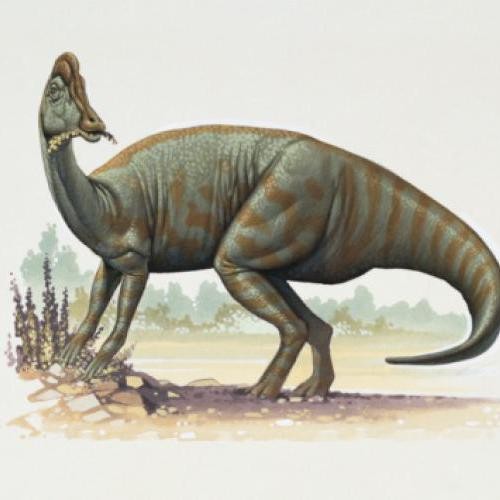 Artist's impression of Jaxartosaurus. Artist's impression of Jaxartosaurus.
|
|
|
|
Post by Joey12 on Jul 8, 2021 6:15:26 GMT
Maybe one day they will find more of it. Head looks really narrow.
|
|
|
|
Post by Talira Greycrest on Jul 8, 2021 8:04:04 GMT
Name: HanssuesiaPronunciation: Han-sues-e-ahMeaning of name: Named after American palaeontologist, Hans-Dieter SuesSpecies: H. sternbergiSize: Uncertain, but is estimated to have measured around 2 metres long.Family: Pachycephalosauridae.Diet: Herbivore. Fed on low-growing vegetation.First fossils found: Known from a number of partial specimens, mostly partial skulls, discovered in the Dinosaur Park Formation of Alberta, Canada, as well as the Oldman and Judith River Formations of Montana. First discovered by American-Canadian palaeontologist, Charles Mortram Sternberg, in 1928. Named by Robert M. Sullivan in 2003. Was originally thought to be a species of Stegoceras.Lived: 76 to 75 million years ago during the Campanian stage of the Late Cretaceous in what is now western Canada and the northwestern United States.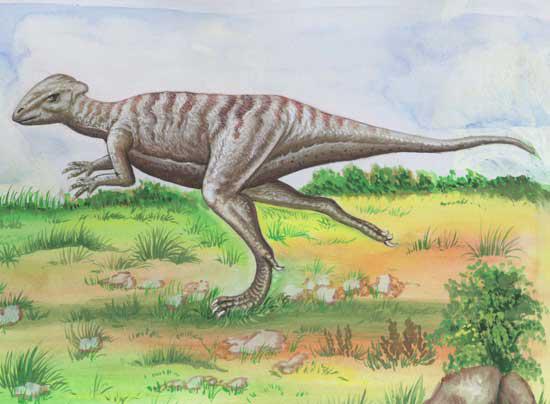 Artist's impression of Hanssuesia Artist's impression of Hanssuesia
|
|
|
|
Post by Talira Greycrest on Jul 8, 2021 13:35:54 GMT
Name: TalosPronunciation: Tay-lossMeaning of name: Named after a giant bronze automaton from Greek mythology.Species: T. sampsoniSize: Estimated to have measured around 2 metres long and weighing around 38kgs. Height uncertain.Family: TroodontidaeDiet: CarnivoreFirst fossils found: Known only from the single, partial skeleton of a subadult discovered in the Kaiparowits Formation of southern Utah in 2008. Named by Lindsay E. Zanno, David J. Varricchio, Patrick M. O'Connor, Alan L. Titus and Michael J. Knell in 2011.Lived: 75 million years ago during the Campanian stage of the Late Cretaceous in what is now the western United States.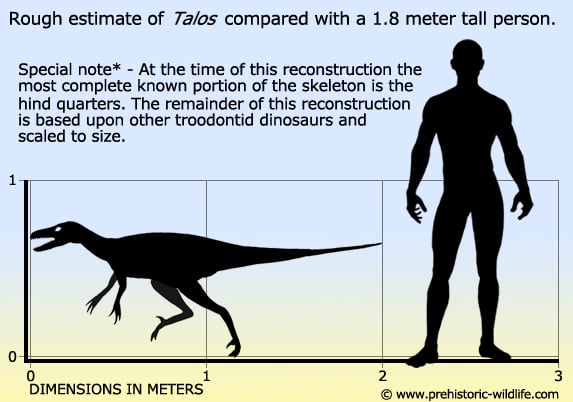
|
|
|
|
Post by Joey12 on Jul 9, 2021 5:09:38 GMT
I'm surprised there are so many little ones but the big ones probably ate them...if they could catch them.
The one above it has a strange shaped head.
|
|
|
|
Post by Talira Greycrest on Jul 9, 2021 8:23:49 GMT
Today's entry is world's largest-known bivalve clam: Name: InoceramusPronunciation: In-o-cer-a-musMeaning of name: "Strong pot". Species: I. aequicostatus, I. albertensis, I. altifluminis, I. americanus, I. andinus, I. anglicus, I. anilis, I. anomalus, I. anomiaeformis, I. apicalis, I. arvanus, I. bellvuensis, I. biformis, I. brownei, I. carsoni, I. comancheanus, I. constellatus, I. corpulentus, I. coulthardi, I. cuvieri, I. dakotensis, I. dominguesi, I. dowlingi, I. dunveganensis, I. elburzensis, I. everesti, I. fibrosus, I. formosulus, I. fragilis, I. frechi, I. galoi, I. gibbosus, I. ginterensis, I. glacierensis, I. haast, I. howelli, I. incelebratus, I. inconditus, I. kystatymensis, I. lamarcki, I. lateris, I. mesabiensis, I. morii, I. multiformis, I. mytiliformis, I. nipponicus, I. perplexus, I. pictus, I. pontoni, I. porrectus, I. prefragilis, I. proximus, I. pseudolucifer, I. quenstedti, I. robertsoni, I. saskatchewanensis, I. selwyni, I. sokolovi, I. steinmanni, I. subdepressus, I. tenuirostratus, I. triangularis, I. undabundus, I. ussuriensisSize: Largest specimens measured up to 1.87 metres.Family: Inoceramidae.Diet: Filter-feederFirst fossils found: Known from several specimens discovered worldwide. First known species, I. cuvieri, named by English naturalist, James Sowerby, in 1814. Known locations of Inoceramus discoveries: Vancouver Island, Spain, France, Germany, Afghanistan, Africa, Albania, Antarctica, Australia, Austria, Bulgaria, Canada, Chile, China, Cuba, the Czech Republic, Denmark, Greenland, Hungary, India, Iran, Italy, Jamaica, Japan, Jordan, Madagascar, Mexico, Nepal, New Caledonia, New Zealand, Papua New Guinea, Peru, Poland, the Russian Federation, Saudi Arabia, Serbia and Montenegro, Sweden, Switzerland, Turkey, Turkmenistan, the United Kingdom, the United States and South America.Lived: Depending on species, lived between 189.6 and 66 million years ago from the Pliensbachian stage of the Early Jurassic through to the Maastrichtian stage of the Late Cretaceous in oceans worldwide.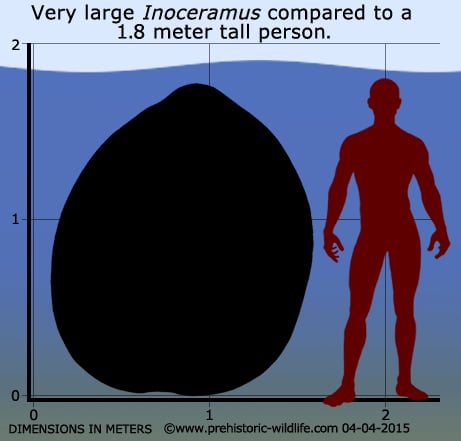 |
|
|
|
Post by Joey12 on Jul 9, 2021 10:04:26 GMT
Doesn't get much stranger then that.
|
|